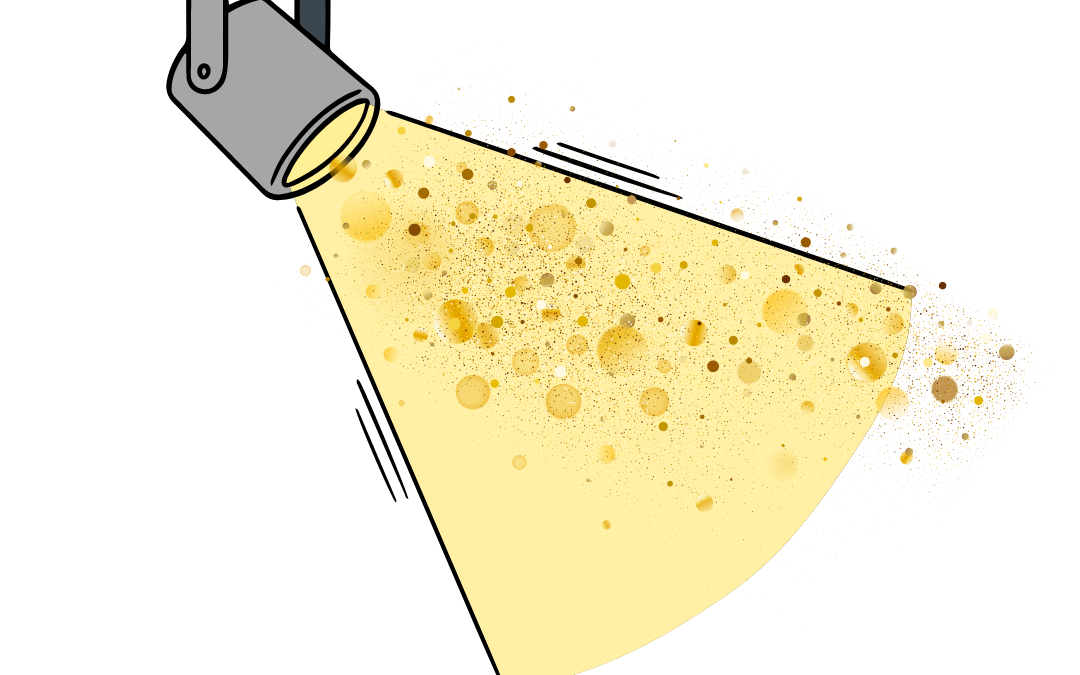Can’t stop thinking about a mistake at work? Student loans? The possibility your ex has found true love?
Or …maybe …you’ve got tinnitus.
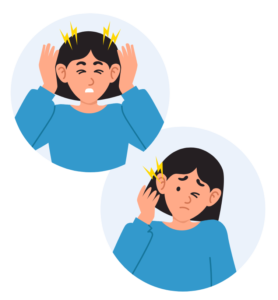 Tinnitus?!
Tinnitus?!
Maybe you don’t know what tinnitus is.
If so, that’s great. Because, it’s non-stop ringing or buzzing noise in one or both ears and (shocker) it can take over your focus.
In National Public Radio’s Morning Edition, Audiologist, Brian Fligor, described the focus on tinnitus as a spotlight in your mind, “when you have tinnitus and you’re frustrated or angry or scared by it, that spotlight gets really strong and focused on the tinnitus.”
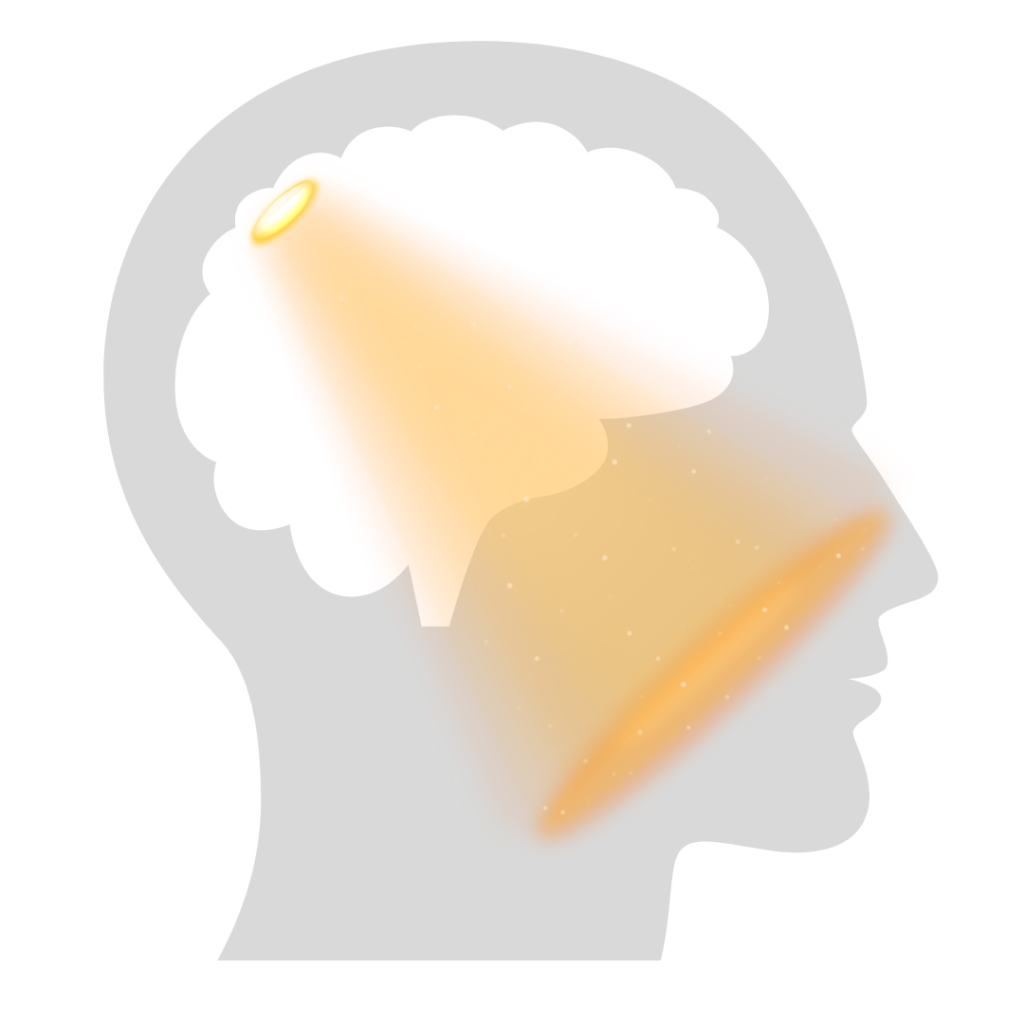 With the aim to reduce focus on tinnitus, a bimodal neuromodulation device, Lenire, was created to provide sound and tongue stimulation. Re-wiring focus.
With the aim to reduce focus on tinnitus, a bimodal neuromodulation device, Lenire, was created to provide sound and tongue stimulation. Re-wiring focus.
Fligor summarized Lenire as the “combination of what you’re feeling through the nerves in your tongue and what you’re hearing through your ears happening in synchrony that causes the spotlight in your brain to not be so stuck on the tinnitus.”
Not So Stuck? In another word: reduction. In this case, reduction can be described as YOU DON’T NOTICE IT ANY MORE.
It’s like a past relationship … that person still exists, but you don’t notice them, because other things have your attention.
Which means … this device works, in part, by shifting the brain’s attention away from the buzz. It unsticks your spotlight and helps desensitize people to the perceived noise tinnitus creates.
Why am I writing this?
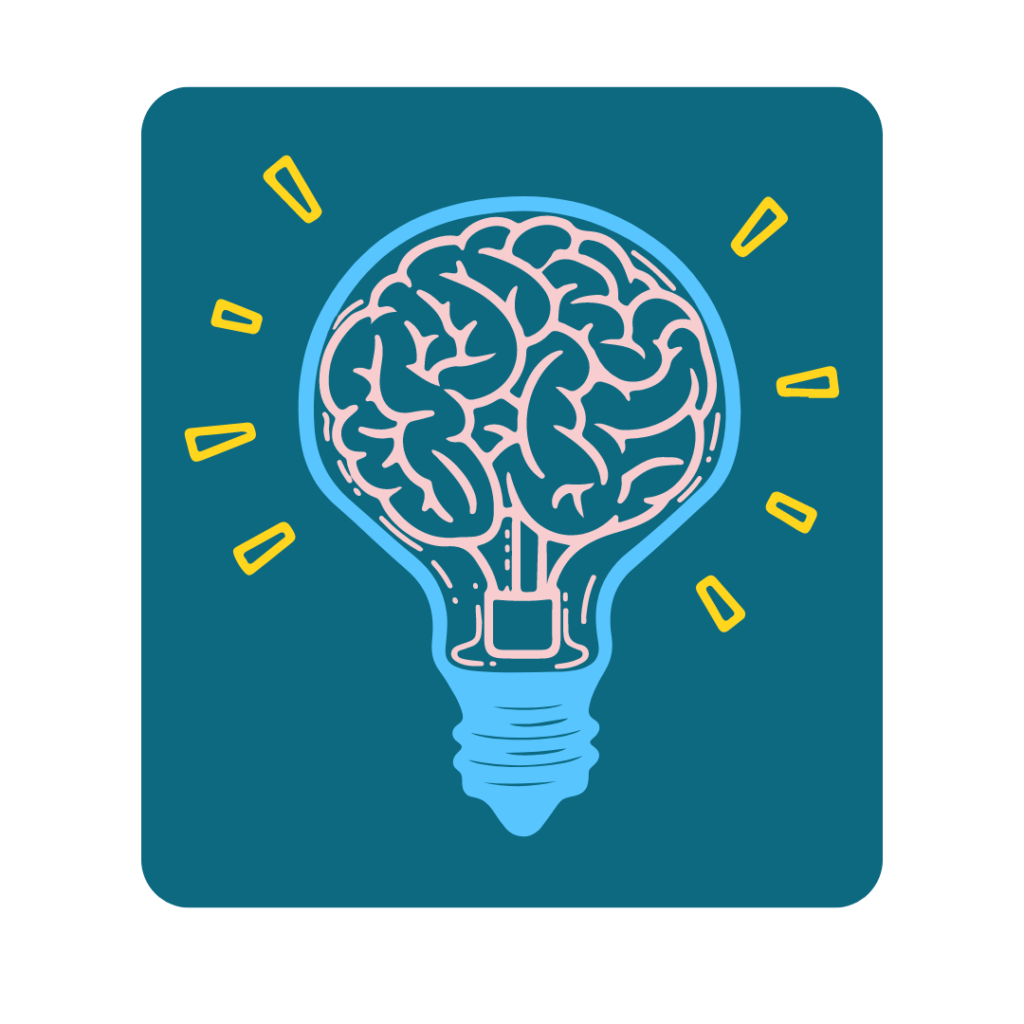
The description of the mind’s spotlight pulled my attention. My spotlight became THE SPOTLIGHT.
In therapy, we talk about recurring thoughts. Recurring feelings.
And, like thoughts and feelings, tinnitus can be a continuous demand for our attention. Some may say tinnitus is beyond our control. While that may be true, other sounds and tactical connections can allow a reroute of focus toward … something else. Which leads to the question …
Where do you want your spotlight?
The 5-4-3-2-1 grounding exercise helps connect us with the present. Some folks go through all five steps. But, perhaps, there is one or two connections you appreciate and want to routinely focus on.
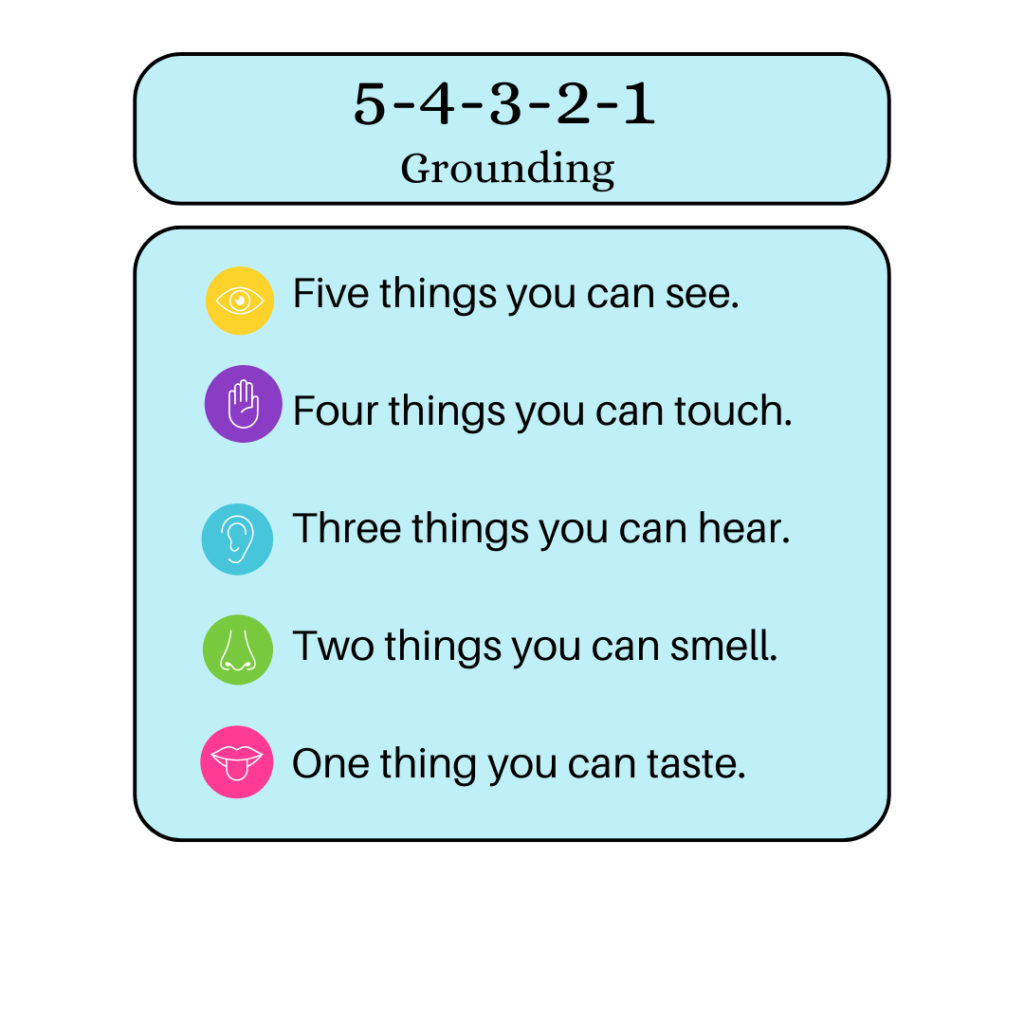 Is it tactile? shifting focus on the feeling of your tongue against your teeth, feet on the floor? Fidgets? (If you have ADHD, you may already have a variety of fidgets you use.)
Is it tactile? shifting focus on the feeling of your tongue against your teeth, feet on the floor? Fidgets? (If you have ADHD, you may already have a variety of fidgets you use.)
Is it sound? The sound of leaves in the trees, cars driving by, the hum of the air conditioner.
Visual? Look at the sky, your hands, or the colors within the room.
Go Deeper. Increase the brightness of the spotlight.
When you look at the sky, what do you see? What are the fluctuations of color? What are the shapes? Are they stagnant – or are they moving? Are there shadows? If there is blue – what shades of blue do you see?
What have never noticed before?
Wherever you are right now . . . take a look at the world around you. The present moment.
Ask yourself the question …
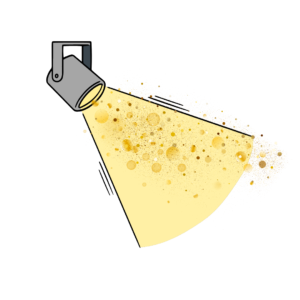
What is MY spotlight?
Once you identify your spotlight – lean in, focus, and do whatever is needed to brighten your spotlight.
Difficulty identifying the spotlight? Lets talk about it.


